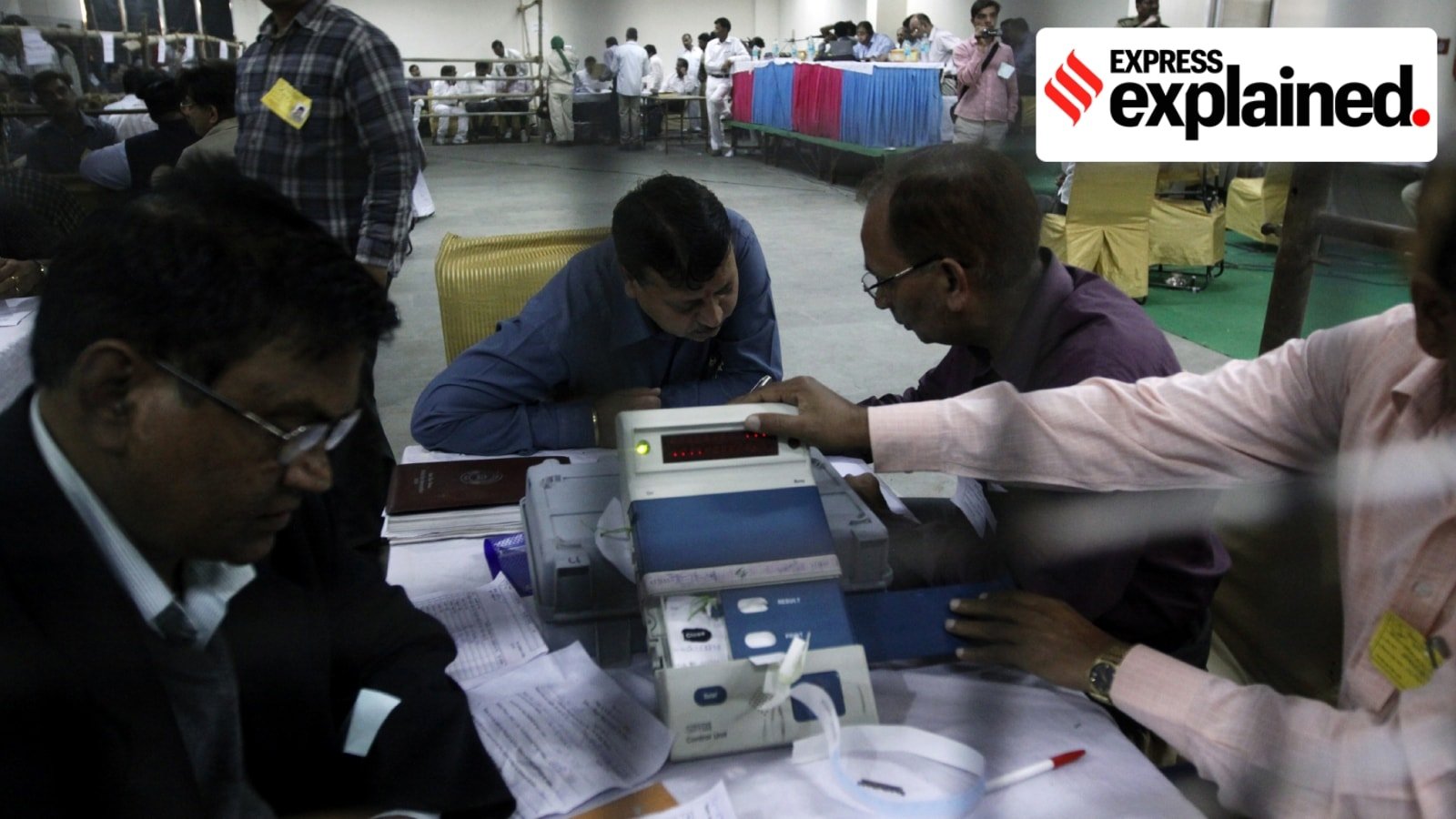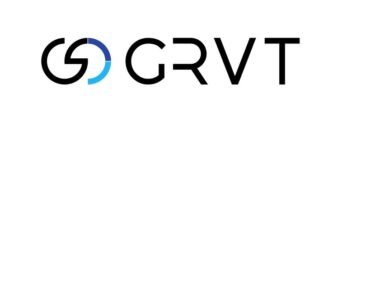The Election Commission of India (ECI) has issued a revised standard operating procedure (SOP) for the checking and verification of electronic voting machines (EVMs), which second- and third-placed candidates in an election can opt for.
The revised SOP was issued on June 17 following a second judgment by the top court on May 7, after the petitioners, including the Association for Democratic Reforms (ADR) moved court again, and the ECI agreed to make some changes.
What is the checking and verification process?
On April 26 last year, the SC had rejected a challenge to the use of EVMs and a plea for 100% counting of Voter Verified Paper Audit Trail (VVPAT) slips, but had allowed a new system of checking and verification of votes for candidates who came second or third in an election.
Following the judgment, the ECI published an administrative SOP on June 1, 2024, followed by a technical SOP on July 16, 2024. Candidates who had come second or third could ask for the checking and verification of the burnt memory/ microcontroller of up to 5 per cent of the EVMs used in the voting.
As per the SOP, candidates who opted for the facility would be able to conduct a mock poll of up to 1,400 votes per machine. If the results of the EVM and VVPAT slips matched, the machine would be considered to have passed the test.
So why did the ECI revise the SOP?
The ECI carried out the checking and verification as per its SOP until the petitioners in the case moved court again, asking that the data stored in the EVMs not be deleted while the process was on, and that the Symbol Loading Units (SLUs) should also be covered as part of the process.
Story continues below this ad
The SLU is the device that is used to load the symbols of candidates onto the VVPAT machine. This is the stage at which activists have long believed that potential tampering could take place.
On February 11 this year, the SC ordered the ECI to not delete the data. The ECI then filed an affidavit stating that it would “no longer delete the data on the Electronic Voting Machine Units, of which verification is sought by the candidates”, and that it would amend the SOP.
The court accepted the proposal, and added that candidates would have the option to “state the data loaded on the Symbol Loading Units (SLU) may not be erased and retained for use in the mock poll”.
What does the new SOP state?
Most of the SOP remains the same, including the requirement that during the mock poll, engineers of the EVM-manufacturing companies – Bharat Electronics Limited (BEL) and Electronics Corporation of India Limited (ECIL) – would switch on the control unit (CU), ballot unit (BU), and VVPAT of the EVM in the presence of the candidates or their representatives.
Story continues below this ad
If all units switch on and the self-diagnosis is completed – that is, if there is no error message – they can go on to the next step of the mock poll.
* As per the 2024 SOP, candidates were required to pay Rs 47,200 for each set of EVM (including the BU, CU, and VVPAT) they wanted checked. Under the new SOP, the candidate has more choice – they pay Rs 23,600 per EVM if they want only the self-diagnostic test, and Rs 47,200 only in the event that they decide to go for the mock poll as well.
* The new SOP also gives the candidate the option of loading the symbols on the VVPAT. “The eligible candidates may also opt to upload the data loaded on the SLUs used election in the mock poll. In this regard, it is highlighted that the VVPAT already have loaded data of actual candidates’ symbols. However, the applicant can opt for use of already loaded symbols of VVPAT or request to reload the symbols loaded on the Symbol Loading Units afresh in VVPAT for the mock poll,” says the SOP.
* The new SOP also increases the time for which records of the checking and verification process, including VVPAT slips and video footage, would be stored with the District Election Officer from one month to three months after the completion of the process.
Story continues below this ad
ADR co-founder Jagdeep S Chhokar said the process was no different from what is already carried out before any election – self-diagnosis and mock poll. Merely switching on the machines did not amount to checking and verification, he said.
“The SOP satisfies the letter of the Supreme Court judgment, however, the spirit of it is completely missing from the current system of checking and verification,” Chhokar said.





